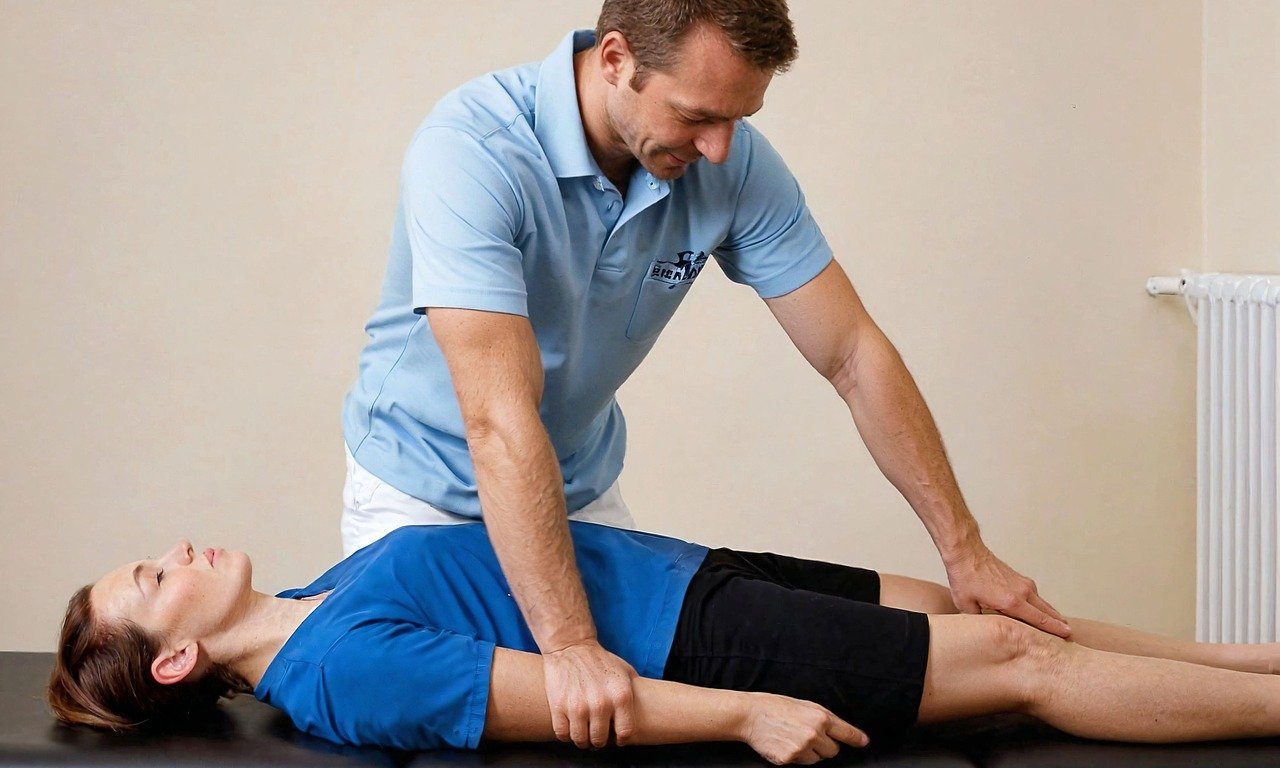In 2012, a study conducted by Javad Sarrafzadeh, Amir Ahmadi, and Marziyeh Yassin has shed light on the comparative effectiveness of three treatments for latent myofascial trigger points (MTP) in the upper trapezius muscle. The research, conducted at a pain control medical clinic, aimed to evaluate the efficacy of pressure release (PR), phonophoresis of hydrocortisone (PhH) 1%, and ultrasonic therapy (UT) in alleviating pain and improving mobility.
The study involved 60 participants, all diagnosed with latent MTP in the upper trapezius, with an average age of 21.78 years. These participants were randomly assigned to one of four groups: PR, PhH, UT, and a control group, with 15 individuals in each.
Over six treatment sessions, researchers assessed subjective pain intensity, pain pressure threshold (PPT), and active cervical lateral flexion range of motion. The findings revealed that all three treatment methods significantly reduced pain and PPT while enhancing the range of motion in the cervical lateral flexion compared to the control group.
Interestingly, both PR and PhH demonstrated more substantial therapeutic effects than UT, suggesting that these methods may be more beneficial for patients with MTP in the upper trapezius.
This study not only confirms the effectiveness of PR and UT but also highlights phonophoresis of hydrocortisone as a promising new treatment approach for managing myofascial trigger points. The results advocate for the inclusion of PhH in therapeutic practices for MTP, potentially offering patients a more effective relief option.
As myofascial pain continues to be a common issue, these findings provide valuable insights into optimizing treatment strategies, ultimately improving patient outcomes and quality of life.
Reference: Sarrafzadeh, J., Ahmadi, A., & Yassin, M. (2012). The effects of pressure release, phonophoresis of hydrocortisone, and ultrasound on upper trapezius latent myofascial trigger point. Archives of physical medicine and rehabilitation, 93(1), 72-77.
